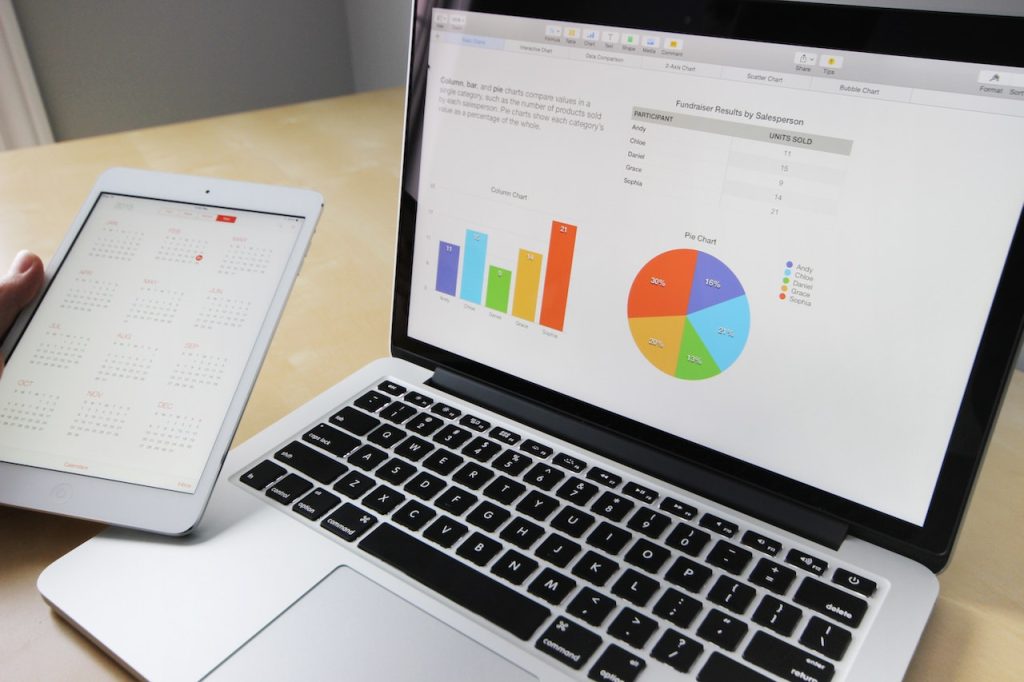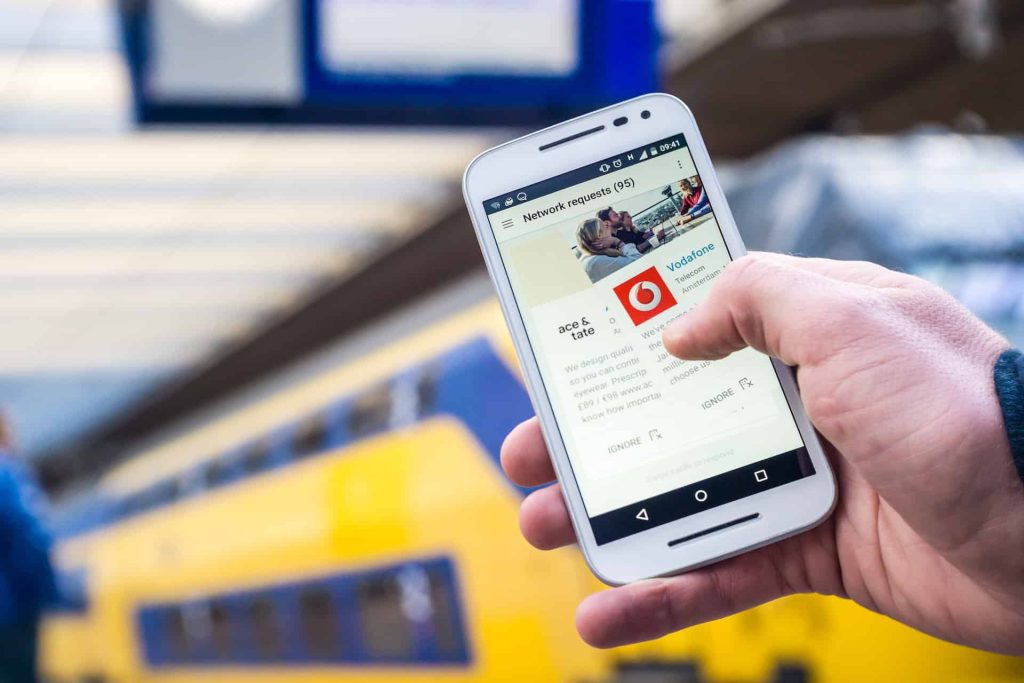How to Use Influencer Marketing to Boost Your E-commerce Sales
In the competitive world of e-commerce, it’s not enough to have a great product or website. You need to get your brand in front of your target audience, and that’s where influencer marketing comes in. Influencer marketing is a powerful tool that can help you increase brand awareness, generate leads, and drive sales.
In this article, we’ll explore how to use influencer marketing to boost your e-commerce sales. We’ll cover the best practices, strategies, and tools you can use to make the most out of influencer marketing.
What is Influencer Marketing?

Influencer marketing is a type of marketing that involves partnering with influencers to promote a brand or product. Influencers are individuals who have a significant following on social media platforms like Instagram, YouTube, and TikTok. They have built a loyal audience that trusts their opinions and recommendations.
Influencer marketing has become increasingly popular in recent years as more and more businesses recognize the value of social media and the power of personal recommendations. Influencers can help businesses reach new audiences, increase brand awareness, and drive sales.
One of the primary benefits of influencer marketing is that it allows businesses to reach their target audience in a more authentic and organic way. Instead of using traditional advertising methods, businesses can partner with influencers who already have an engaged following and whose audience is interested in their niche.
Influencers can promote products or services through sponsored posts, reviews, or affiliate marketing. They can also create content that showcases the brand or product in a natural and authentic way, making it more appealing to their followers.
Another benefit of influencer marketing is that it can help businesses build trust and credibility with their audience. When an influencer recommends a product or service, their followers are more likely to trust their opinion because they have built a relationship with them over time.
Influencer marketing can also be more cost effective than traditional advertising methods. Instead of paying for expensive TV ads or print ads, businesses can work with influencers who have a more targeted and engaged audience. This can result in a higher return on investment and more efficient use of marketing budgets.
In conclusion, influencer marketing is a powerful tool that can help businesses reach new audiences, increase brand awareness, and drive sales. By partnering with influencers who have a loyal and engaged following, businesses can promote their products or services in a more authentic and organic way, building trust and credibility with their audience.
Why is Influencer Marketing Important for E-commerce?

In today’s highly competitive e-commerce industry, it can be challenging for businesses to stand out and reach their target audience. This is where influencer marketing comes in. Influencer marketing is a type of marketing that involves partnering with individuals who have a significant following on social media platforms. These individuals, known as influencers, have built a loyal audience that trusts their opinions and recommendations. As a result, partnering with influencers can help businesses increase their brand awareness, generate leads, and drive sales.
One of the primary reasons why influencer marketing is essential for e-commerce businesses is that it allows them to reach their target audience effectively. Influencers have already built a following of individuals who are interested in their niche or industry. By partnering with influencers who align with their brand, businesses can tap into this audience and reach potential customers they may not have been able to otherwise.
In addition to building trust and credibility, influencer marketing can also help businesses generate leads and drive sales. Influencers have a significant impact on their audience’s purchasing decisions, with studies showing that 49% of consumers rely on influencer recommendations when making purchase decisions. By partnering with the right influencers and creating compelling content, businesses can drive more sales and revenue.
Overall, influencer marketing is an essential tool for e-commerce businesses looking to stand out and reach their target audience. By partnering with the right influencers, businesses can increase their brand awareness, build trust and credibility, generate leads, and ultimately drive more sales and revenue.
Types of Influencers

Influencers come in different sizes, and it’s essential to understand the types of influencers to find the right one for your brand. Here are the four main types of influencers:
- Mega Influencers: These are celebrities or influencers with a massive following of over a million followers. They have a significant impact on their audience and can reach a broad audience quickly. Mega influencers are perfect for brands that want to increase brand awareness or promote a new product. However, partnering with a mega influencer can be expensive, and it’s essential to ensure that they align with your brand’s values and target audience.
- Macro Influencers: These influencers have a following of 100,000 to 1 million followers. They have a highly engaged audience, and their content is relatable and authentic. Macro influencers are perfect for brands that want to reach a large audience with a smaller budget. They can also help you generate leads and drive sales. However, it’s important to ensure that their followers align with your target audience.
- Micro-Influencers: These are influencers with a following of 1,000 to 100,000 followers. They have a highly engaged audience that trusts their recommendations. Micro-influencers are perfect for brands that want to reach a highly targeted audience with a smaller budget. They can also help you generate leads and drive sales. Micro-influencers are highly relatable and authentic, and their content is more personalized. Partnering with micro-influencers can be cost-effective, and they can help you reach a highly targeted audience.
- Nano Influencers: These influencers have a smaller following of less than 1,000 followers, but they have a highly engaged audience. Nano influencers are perfect for brands that want to reach a highly targeted audience with a limited budget. They are highly authentic and relatable, and their content is more personalized. Partnering with nano-influencers can be cost-effective, and they can help you reach a highly targeted audience. However, it’s important to note that partnering with a large number of nano influencers can be time-consuming and requires careful management.
In conclusion, understanding the types of influencers is crucial to the success of your influencer marketing campaign. You need to find the right influencers that align with your brand’s values and target audience. Whether you choose a mega influencer, macro influencer, micro-influencer, or nano influencer, it’s essential to ensure that they have a highly engaged audience that trusts their recommendations.
Finding the Right Influencers

Finding the right influencers for your brand is crucial to the success of your influencer marketing campaign. The right influencer can help you reach your target audience, generate leads, and drive sales. Here are a few tips to help you find the right influencers for your brand:
- Define your target audience and the type of influencer they follow.
The first step to finding the right influencer is to define your target audience. Understand the demographics, interests, and behaviors of your target audience. Once you have a clear understanding of your target audience, you can find the type of influencer they follow. For example, if your target audience is young adults interested in fitness, you should look for influencers in the fitness industry.
- Use influencer marketing tools like HypeAuditor, AspireIQ, and Upfluence to find influencers in your niche.
Influencer marketing tools like HypeAuditor, AspireIQ, and Upfluence can help you find influencers in your niche. These tools allow you to search for influencers based on their audience size, engagement rate, and other metrics. You can also use these tools to analyze the authenticity of an influencer’s followers and engagement.
- Look for influencers who have a similar aesthetic to your brand.
When choosing an influencer, it’s important to look for someone who has a similar aesthetic to your brand. An influencer who aligns with your brand’s values, personality, and style will help you create more authentic content that resonates with your target audience.
- Check their engagement rate, audience demographics, and the authenticity of their followers before partnering with them.
Before partnering with an influencer, it’s essential to check their engagement rate, audience demographics, and the authenticity of their followers. A high engagement rate is an indicator that an influencer has a loyal following that trusts their recommendations. Audience demographics can help you ensure that an influencer’s audience aligns with your target audience. Checking the authenticity of an influencer’s followers can help you avoid partnering with influencers who have fake followers or engagement.
Building Relationships with Influencers

Building relationships with influencers is essential to the success of your influencer marketing campaign. Influencers are individuals who have built a loyal following on social media platforms and have a significant influence on their audience’s opinions and purchasing decisions. Therefore, building a relationship with them can help you build trust with their followers and increase your brand’s credibility.
To build a relationship with an influencer, you need to engage with their content regularly. This includes liking, commenting, and sharing their posts. When you engage with their content, you show that you value their opinion and appreciate their work. This, in turn, can help you establish a rapport with them.
Another way to build relationships with influencers is to offer them value. This can include providing them with free products, exclusive discounts, or early access to new products. By offering value, you show that you respect their work and appreciate their influence. This can also help you establish a mutually beneficial partnership with them.
Communication is also key when building relationships with influencers. It’s essential to communicate with them regularly, whether through email, phone, or social media. By doing so, you can build a relationship based on trust and mutual respect. Moreover, you can also use communication to discuss the terms of your partnership and ensure that both parties are on the same page.
Lastly, creating a contract or agreement that outlines the terms of your partnership can also help you build a strong relationship with influencers. This agreement can include details about the products or services you want them to promote, the timeline for the campaign, compensation, and other important details. By creating an agreement, you can establish clear expectations and ensure that both parties are working towards the same goal.
Creating an Influencer Marketing Campaign
Creating an influencer marketing campaign is not just about finding influencers and asking them to promote your product. It requires careful planning and execution to ensure that your campaign is effective and delivers the desired results.
Here are the steps to follow when creating an influencer marketing campaign:
- Define your campaign goals: Start by defining your campaign goals. What do you want to achieve with your campaign? Do you want to increase brand awareness, drive sales, or generate leads?
- Define your target audience: Once you have defined your campaign goals, it’s essential to identify your target audience. Who are you trying to reach? What are their interests, demographics, and behaviors?
- Choose the right influencers: Based on your target audience, choose the right influencers that align with your brand values and messaging. Look for influencers who have a strong following in your niche and are likely to resonate with your target audience.
- Develop your campaign strategy: Develop a comprehensive campaign strategy that outlines your campaign objectives, messaging, content, and timelines. Determine the type of content you want your influencers to create, such as Instagram posts, stories, or YouTube videos.
- Brief your influencers: Once you have chosen your influencers, it’s time to brief them on your campaign objectives, messaging, and content requirements. Ensure that they understand your brand values and messaging to create content that aligns with your brand.
- Monitor and measure your campaign: It’s essential to monitor and measure the success of your influencer marketing campaign. Use tools like Google Analytics, Hootsuite, or Sprout Social to track your campaign’s performance and measure its impact on your business.
Measuring the Success of Your Influencer Marketing Campaign
Measuring the success of your influencer marketing campaign is crucial to understanding whether your efforts are paying off. There are several metrics that you can track to measure the success of your campaign, and understanding these metrics is essential to optimizing your influencer marketing strategy.
The first metric to track is engagement. Engagement measures the number of likes, comments, shares, and saves on your influencer’s post. This metric shows you how interested your audience is in your product or brand. If your engagement rate is high, it means that your influencer’s audience is actively engaging with your content, which can lead to increased brand awareness and sales.
The second metric to track is reach. Reach measures the number of people who have seen your influencer’s post. This metric is essential because it shows you how many people your influencer is reaching and how effective they are at getting your brand in front of a new audience. If your reach is low, it may be an indication that you need to adjust your influencer selection or campaign strategy.
The third metric to track is conversions. Conversions measure the number of people who have taken a desired action after seeing your influencer’s post. This could be anything from making a purchase to signing up for your email list. By tracking conversions, you can see how effective your influencer marketing campaign is at driving sales or achieving your desired goal.
Finally, it’s essential to track your return on investment (ROI). ROI measures the revenue generated from your influencer marketing campaign compared to the amount you spent on it. This metric helps you understand the profitability of your campaign and whether it’s worth investing more resources into.